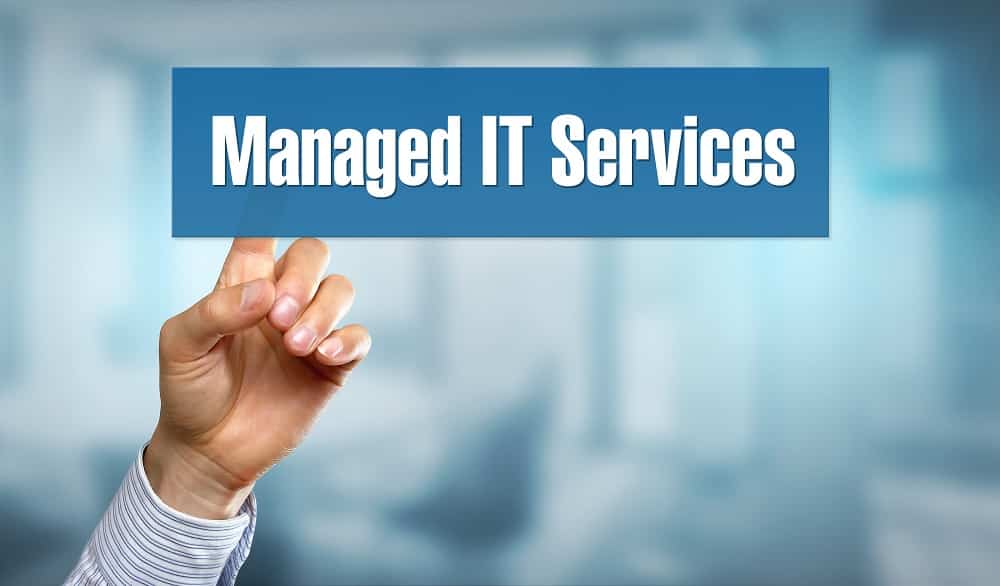How To Inject Managed IT Into Your Business Workflow
Technological advancement has become an integral part of business operations in the modern era. It has revolutionized how businesses operate and reach out to potential market bases. However, most business owners find themselves weighing whether to manage their IT operations in-house or give the responsibility to a third-party provider.
Over the years, technology has advanced at an alarming rate, becoming more challenging for business owners to have their own internal IT systems and departments. You might notice your IT team spends a significant amount of time on everyday routine practices instead of focusing on innovative and creative thinking, helping achieve business goals. At this pace, businesses often struggle to maintain their operations at optimal functionality.
If you cannot keep up with advancing technology, this may affect your business growth and lower revenue and cash flow. This is where the need to integrate managed IT into your workflow comes in.
The following blog outlines what you need to know about managed IT services. You’ll learn what managed IT service is, how to adopt it, and more. Read on.
What’s Managed IT?
Managed IT is the process of outsourcing and delegating your business’ IT needs and responsibilities to a third-party provider. You can use Shipshape Managed IT services or any other reputable vendor in your locality. The managed service provider (MSP) will handle your IT architecture instead of delegating the responsibility to your internal IT team. The provider will continuously monitor, manage, and transform your business operations over a fixed period and ensure you comply with the set regulations and standards. Delegating these responsibilities to a qualified third party guarantees you have enough time to concentrate on the core business practices, such as administration and innovation, improving your competitive advantage.
How To Integrate Managed IT Into Your Workflow
Integrating managed IT services into your business operations can be challenging, especially when you’re not equipped with the right skills and know-how. The following are ways you can employ to simplify the process of injecting managed IT services into your business workflow:
- Assess Your IT Needs And Budget
Every business is different, so it’s important first to understand and assess your IT needs. This will ensure you choose the right managed IT service for your business operations. These IT needs can be 24/7 monitoring, a support system (on-site or remote support), cyber security, and more.
Assessing your IT needs may help you recognize your current resources, your budget for managed IT services, what workflows the strategy should encompass, and more. Hence, avoiding outsourcing functions that work just as effectively in-house will be easier. Additionally, you’ll have an approximate amount of money you’ll need to integrate a managed IT service into your business operations.
Also, it’s important to allow a potential vendor to audit your current systems. This gives the provider an idea of what your needs are and how they might help you address them, improving your productivity. Allowing the provider to audit your current systems might make it easier for you to notice any red flags that might affect the effectiveness of your strategy.
For instance, you might gauge whether a provider has sufficient experience to cater to your needs. Also, you’ll be able to determine whether they’re certified to provide the services, saving you from non-compliance fines and penalties. It also gives the business and vendor a rough idea of each other. As such, it forms the foundation of the managed IT service strategy, boosting its injection into the business workflows.
- Determine Your Long-term Goals
This is another way to simplify the injection of managed IT services into your production line. Gone are the days when you only depended on break/fix IT management. As technology expands and businesses rely on IT systems more than ever, having long-term goals will not only accelerate your IT adoption but also boost business growth.
For this reason, it’s important to conduct extensive research to determine your financial goals before outsourcing your IT needs. Where do you want your business to go in the next few years? What role will IT play in achieving this? Understanding this will ensure you choose the right managed IT service for your business operations, improving its effectiveness.
However, it’s important to understand that the business environment is dynamic; goals and objectives might change with time. Hence, it’s important to ensure you update your provider and inform them of any changes in the business principles. Thus, it’ll be easier for the MSP to provide up-to-date strategies.
- Ensure End-to-End Service Provider
The managed IT service should address your current needs and meet the set standards. The delivered services should also be uninterrupted, end to end, and of high quality. To achieve this, the vendor should ensure their services are protected from actual and perceived risks. Thus, it’s important to run assessment tests to identify any risks which might affect the effectiveness of your managed IT model.
The vendor should utilize the latest and advanced solutions to provide end-to-end services. The latest infrastructure allows the provider to integrate management systems such as disaster recovery, improving its effectiveness. Additionally, it’ll be easier to include advanced solutions such as cloud systems, making it easier for team members to collaborate, regardless of their physical location. Another way to provide end-to-end services is to ensure immediate support. This reduces the chances of downtime, which might affect your production line and cash flows.
What Are The Benefits Of Managed IT Services?
The following are the benefits of utilizing managed IT services:
- Bridge The Skill Gap
Sometimes, your in-house team may not have the right skills to use the current technologies. However, delegating the responsibility to a reputable IT vendor may allow you to utilize new technologies to meet your IT needs and optimize your workflows.
- Boost Competitive Advantage
Utilizing reputable skills ensures your technological architecture is in excellent condition. Hence, it’ll be able to address issues effectively, reducing the chances of downtime. Any downtime will not only affect your productivity but might also affect your public image, which ultimately affects your revenue and cash flow.
Bottom Line
Technological advancement has revolutionized how a business operates. And sometimes it might be challenging to handle all of your IT needs and responsibilities. In such a case, you might consider delegating the IT needs to a reputable service provider in your locality. However, it’s important to conduct extensive research to ensure you’re equipped with the right skills to inject the managed IT services into your business operations. Do keep in mind what we just discussed when doing your research.



























